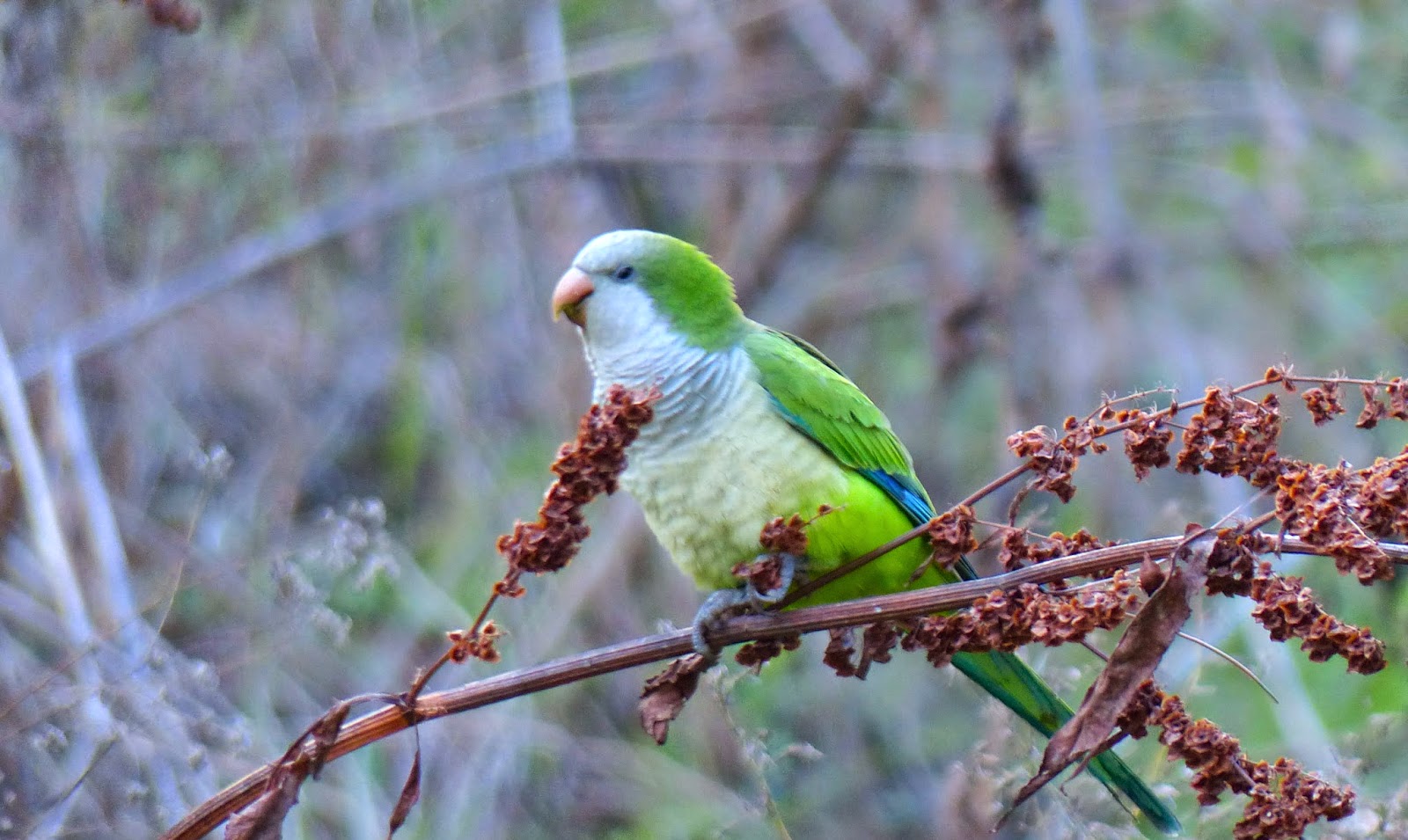For those of you that know me well it will ring true that I am not much of a twitcher these days. I would rather scout my local patch than eke out a skulking rarity lurking on a remote headland on Fair Isle. I would rather wander the expanses of my patch than to even twitch a local rarity.
Rare birds in the country has the opposite effect on me. Instead of rushing to try and see them, rather, it inspires me to find my own rarity somewhere no one is searching or would have thought to have looked. Rarity hunting within the UK is one thing but for some there is a far more important pinnacle to reach in the search for rarities. It is perhaps the ultimate high for those ultra-serious rarity hunters. The Azores is the capital of rares for the international Western Palearctic twitcher. Every autumn sees a delegation of Western Europe's finest decend upon these nine scattered volcanic islands at the extremety of the Western Palearctic, far from anywhere in the middle of the North Atlantic.
Their quarry? The multitude of American stragglers that turn up without fail. Hence the attraction to the European twitchers who would otherwise struggle to get birds like Upland Sandpiper on their lists. The above-mentioned bird report does what it says on the tin. It's a compilation of rare North American migrants with a few Old World species thrown in for good measure. Even visitations from Canada Geese are included, after all they could well be genuine migrants.
Most of the twitchers visiting the islands make a beeline for Corvo, the smallest and northernmost island of the group. It also has very few accommodation options, so things can get a little cozy at times. I visited the islands some four years ago and absolutely hated the vibe on Corvo. However, a short boat ride away is the island of Flores; a much larger island and much less frequented by birders. Much more my cup of tea. There is a move now to try to attract more international twitchers and birders to cover this island. I think that this is a great idea that sits well with my sensibilities. When I visited Flores I ended up being there for a week and it wasn't long before I was swept up with the rarity hunting. But the great thing was that as a result of there being so few sets of eyes looking for stuff meant that you automatically stood more chance of finding your own birds. Between myself and my three companions we clocked up some marvelous sights like five White-rumped Sandpipers flying around until one was suddenly picked off by a hungry (and gorgeous looking) tundra race Peregrine, replete with buffy tones.
However, I digress. The Azores: Rare & Scarce Bird Report 2013 will serve to whet the appetite of any would be intrepid rarity hunter who can afford the airfare to these beautiful island. If I were you though, don't spend all your time on Corvo. Get off to the other islands and become a FINDER.
For a copy of the report please contact Peter Alfrey: littleoakgroup@btinternet.com
Rare birds in the country has the opposite effect on me. Instead of rushing to try and see them, rather, it inspires me to find my own rarity somewhere no one is searching or would have thought to have looked. Rarity hunting within the UK is one thing but for some there is a far more important pinnacle to reach in the search for rarities. It is perhaps the ultimate high for those ultra-serious rarity hunters. The Azores is the capital of rares for the international Western Palearctic twitcher. Every autumn sees a delegation of Western Europe's finest decend upon these nine scattered volcanic islands at the extremety of the Western Palearctic, far from anywhere in the middle of the North Atlantic.
Their quarry? The multitude of American stragglers that turn up without fail. Hence the attraction to the European twitchers who would otherwise struggle to get birds like Upland Sandpiper on their lists. The above-mentioned bird report does what it says on the tin. It's a compilation of rare North American migrants with a few Old World species thrown in for good measure. Even visitations from Canada Geese are included, after all they could well be genuine migrants.
Most of the twitchers visiting the islands make a beeline for Corvo, the smallest and northernmost island of the group. It also has very few accommodation options, so things can get a little cozy at times. I visited the islands some four years ago and absolutely hated the vibe on Corvo. However, a short boat ride away is the island of Flores; a much larger island and much less frequented by birders. Much more my cup of tea. There is a move now to try to attract more international twitchers and birders to cover this island. I think that this is a great idea that sits well with my sensibilities. When I visited Flores I ended up being there for a week and it wasn't long before I was swept up with the rarity hunting. But the great thing was that as a result of there being so few sets of eyes looking for stuff meant that you automatically stood more chance of finding your own birds. Between myself and my three companions we clocked up some marvelous sights like five White-rumped Sandpipers flying around until one was suddenly picked off by a hungry (and gorgeous looking) tundra race Peregrine, replete with buffy tones.
However, I digress. The Azores: Rare & Scarce Bird Report 2013 will serve to whet the appetite of any would be intrepid rarity hunter who can afford the airfare to these beautiful island. If I were you though, don't spend all your time on Corvo. Get off to the other islands and become a FINDER.
For a copy of the report please contact Peter Alfrey: littleoakgroup@btinternet.com












